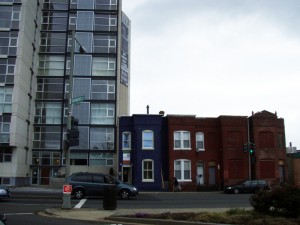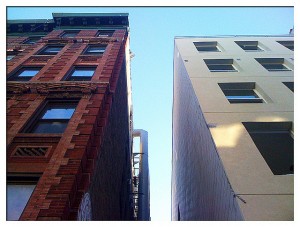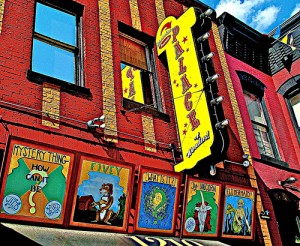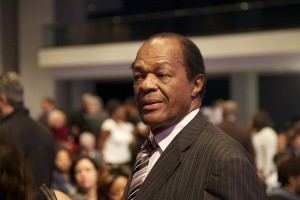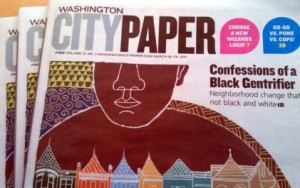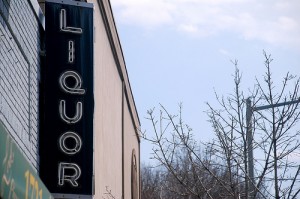
Flickr: John Chamberlain
Over the weekend, The Washington Post profiled the transformation of D.C. Councilman Marion Barry’s former east Capitol Hill neighborhood from a nearly all-black neighborhood to one that’s more mixed, both racially and socioeconomically.
The typical markers of gentrification are mentioned — dog parks, the old-timers lamenting no longer knowing their neighbors, and condo buildings. Then came this bit about a local small business:
Shop owners have tried to capitalize on the new arrivals.
On 15th Street, James Keo, the Cambodian-born owner of Viggy’s Liquor, said he changed the offerings when he bought the store in 2006, selling red and white wines and imported beers such as Peroni and Dos Equis. He also began selling convenience store items such as paper towels and snack food and thought about taking down the glass partition that separates him from his customers. A stabbing across the street made him reconsider.
What has surprised him, he said, is that the neighborhood’s new residents don’t mean bigger profits. In fact, he said, his earnings are down 40 percent.
“They’ve got money,” he lamented, “but they spend less.”
More money in the neighborhood often doesn’t mean more profit for existing businesses, and typically there are more stores that don’t survive gentrification than ones that do, explains John McIlwain, an expert on housing and urban issues and a senior research fellow at the Urban Land Institute.
“It’s quite a challenge for a store owner to change to a very different, significantly different clientele, and it frankly requires more than just bringing in some items they might like. It’s really a whole new repositioning of the store,” McIlwain says. “If the store sends the message that this is a store for the low-income community, most of the new residents… will look elsewhere to shop.”
Some businesses do successfully make the transition and they seem to do it by making a full commitment to reposition, as McIlwain puts it. Take Best-In Liquors, whose owner adapted to post-Whole Foods life on P Street, NW by completely revamping the store, changing inventory and taking down bullet-proof glass inside.
A business owner can try to stick with catering to the original clientele, move toward completely catering to new residents or take some kind of middle-of-the-road approach. Sadly, trying to appeal to both worlds may very well be the most difficult and less successful tactic because “neither party may feel comfortable, as opposed to going to one or the other,” McIlwain says.
Of course there are exceptions to that, too, McIlwain adds. There are the newcomer residents seeking some level of authenticity by patronizing the old neighborhood joints or those who simply want to support the longtime businesses that have been in their new neighborhoods long before they moved in. But many people still feel uncomfortable in settings outside of their norm, McIlwain says, and breaking down such racial and class barriers, even inside of a small store or restaurant, can take a lot of concerted effort.
“If a place is welcoming and the owners make it clear that everybody is welcome, then that starts to break down and change. There are lots of nuances,” McIlwain says.



